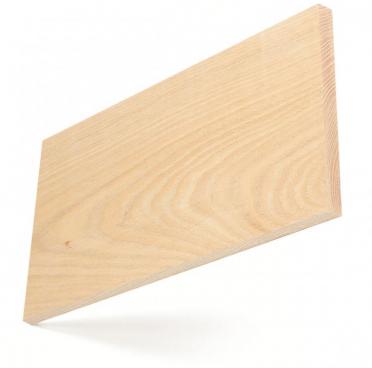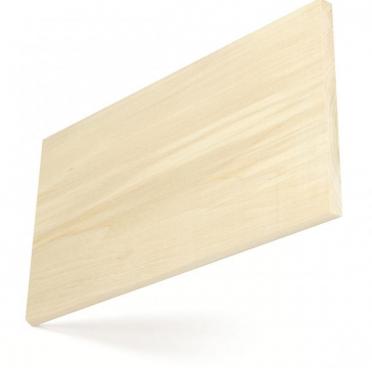MATERIAL
AMERICAN RED OAK
American red oak is the dominant species in the U.S. hardwood forests with distinctive grain, and wood that is not always red in colour. The name is supposedly due to the leaf colour in the fall. Red oak trees grow only naturally and almost exclusively in North America, although planted elsewhere. Forest Inventory Analysis (FIA) data shows U.S. red oak growing stock is 18.7% of total U.S. hardwood growing stock and that while 32 million m3 of American red oak is harvested each year, more than 33.9 million m3 is naturally growing over the same period. In general the sapwood of red oaks is light brown and the heartwood is often pinkish to reddish brown. American red oaks have very good overall strength properties relative to weight. Its main uses are furniture, flooring, doors and certain construction applications.

AMERICAN TULIPWOOD
Commercially American tulipwood, known domestically as yellow poplar, is one of the most prolific hardwood species from the U.S. hardwood forests and is unique to North America. Forest Inventory Analysis (FIA) data shows U.S. tulipwood makes up 7.7% of total U.S. hardwood growing stock and while 12.8 million m3 are harvested each year, more than 32 million m3 of American tulipwood grows naturally in the hardwood forests during the same period. Tulipwood has less strong grain characteristic than species such as ash and oak and exhibits a marked difference between the sapwood and heartwood. The sapwood is creamy white whereas the heartwood can vary from pale yellow or brown to green and purple in extreme cases. The wood darkens on exposure to light. Tulipwood has extraordinary overall strength properties relative to weight, making it highly suitable for structural applications, such as glue-laminated beams and cross laminated timber (CLT).






